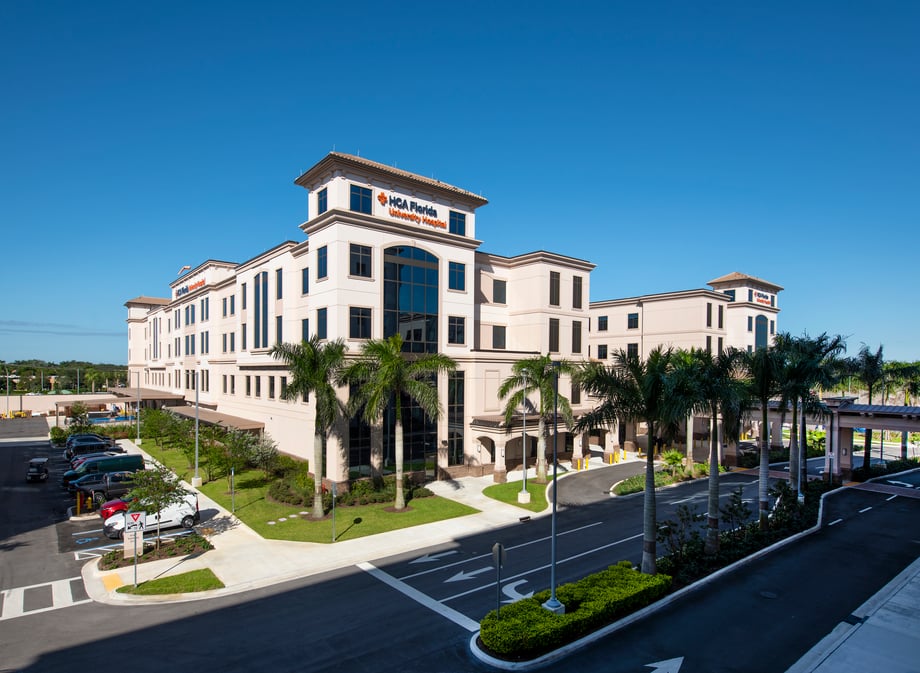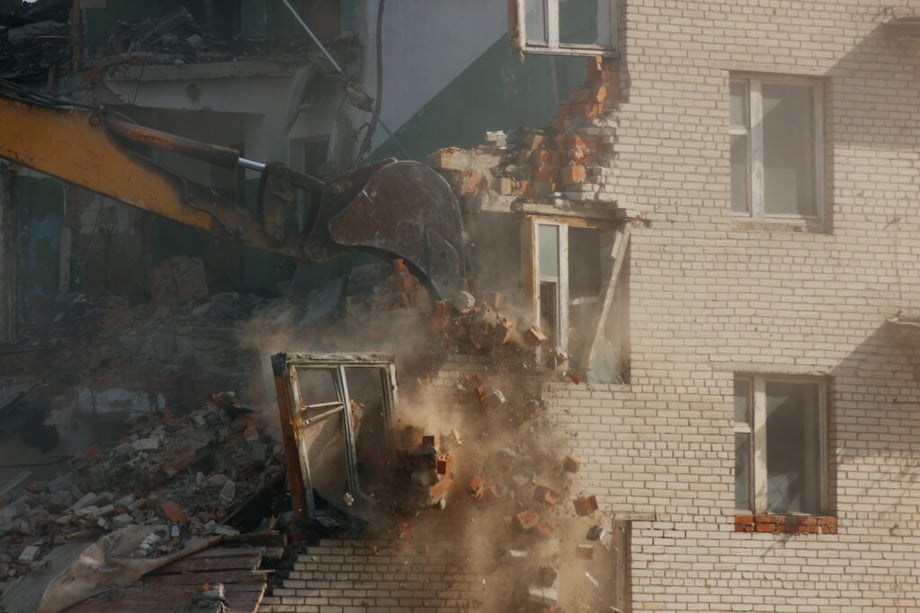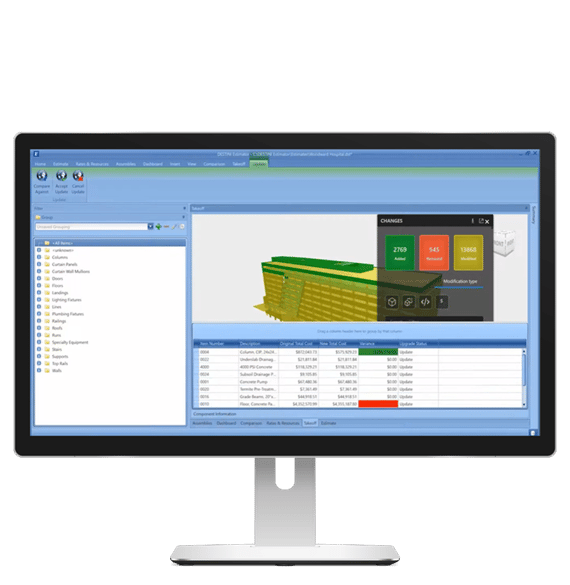Sustainability and Alternative Materials in Preconstruction
Sustainability is one of the biggest trends across the construction industry right now, and not without reason. In a report from October 2021, Seed Scientific discovered that a whopping 97% of the industry uses energy efficiency practices on over 61% of their projects. Additionally, alternative materials—defined as any material that differs from conventional material such as wood, brick, or stone—have also seen a huge spike in adoption in the past several years. The increase in usage of alternative building materials and other sustainable practices have coincided with the rise of prefab construction and modular homes.
 Sustainability isn't just about being on top of trends—it can save your team and project owners significant money, as Brasfield and Gorrie did in this hospital project.
Sustainability isn't just about being on top of trends—it can save your team and project owners significant money, as Brasfield and Gorrie did in this hospital project.
Sustainability as a trend was previously driven by concerns around environmental impact. But as more and more companies began invested in LEED certification and energy-efficient methods, it became clear that sustainability is also a very smart financial investment. “Green” construction is usually eligible for tax credits in the U.S., and owners of green/sustainable buildings save up to 30% on energy bills such as water and gas. Methods such as prefabrication save contractors significant time and money spent in the field, and alternative materials frequently come at a much cheaper cost than traditional materials. One of our incredible clients, Brasfield and Gorrie, actually saved time and reduced hours by using prefabrication on a hospital project.
Recently, the positive financial impact that sustainability can have on construction has become more critical than ever. Due to various supply-chain issues fueled by the COVID-19 pandemic, material costs have skyrocketed. As an example, in February 2021, steel prices were up 27%, rubber 62%, copper 37%, and lumber 113%. While prices continue to fluctuate since then, they’ve remained unusually high and are predicted to stay that way for at least another 6-12 months.
Unsurprisingly, prefabrication and alternative material adoption have boomed. But what does that mean for preconstruction? How can you keep sustainable practices in mind when you’re building estimates for a project? There are three ways you can continue to pursue efficient, green tactics even at the preconstruction stage.
- Utilize software/methods that allow for increased accuracy to avoid material waste
- Planned demolition
- Go digital as much as you can
Utilize Software/Methods That Allow for Increased Accuracy to Avoid Material Waste
The biggest source of material waste? Inaccurate estimates that have you ordering way too much material. And where do those inaccurate estimates usually come from? Unorganized data, disjointed tools that don’t communicate with one another, and zero standardization such as project estimate templates.
To fix that, make sure that you’re thinking in terms of a lean approach as much as possible. Lean thinking encourages you to constantly evaluate what you’re doing to determine if it’s truly valuable. It also encourages you to look for, and then immediately remove, any kind of waste during the entire construction process, from start to finish.
You may also want to consider Just-in-Time (JIT) production. With JIT production, instead of pre-ordering massive quantities of what you estimate the job will need, you only order “what the customer wants, when they want it, and in the exact quantities they want it.” On top of eliminating overproduction, JIT production also reduces the cost of storing excess material and encourages smarter utilization of the storage space that is available onsite.
Planned Demolition
 Planned demolition, also known as "deconstruction," is a great way to extend the life of a building and repurpose materials.
Planned demolition, also known as "deconstruction," is a great way to extend the life of a building and repurpose materials.
If the project you’re working on involves demolition, you’re in the perfect position to consider planned demolition. Also frequently referred to as “deconstruction,” planned demolition involves considering what materials can be reused for other projects and how best to salvage the materials eligible for repurposing. The Kellogg House, a historical building located on the campus of Williams College in Massachusetts, is an excellent example of how deconstruction can both preserve history and extend the life of a building.
While certainly more sustainable than simply throwing things into a landfill, it’s important to note that planned demolition may not make sense for your situation—older materials may not be up to code anymore, and it can often be more expensive to restore/salvage materials, especially on commercial buildings. Residential buildings, however, are a prime target for deconstruction.
Go Digital as Much as You Can

Beck Technology's construction estimating software, DESTINI Estimator integrates with Autodesk BIM 360.
Last but certainly not least, don’t forget that a huge portion of the industry still heavily relies on paper blueprints and drawings. Despite the plethora of technology we have at our fingertips, sometimes it’s just easier to grab a pen and sketch things out or make notes. But that’s exactly how waste begins—physical data like paper blueprints get lost, accidentally destroyed, or don’t get uploaded to a digital database.
That’s why it’s critical to make the move towards digital tracking and analysis as much as you can. For example, BIM (Building Information Modeling) is one of the most sustainable steps a preconstruction team can take, because it creates an entirely 3D model complete with data that enables you to perform energy-usage calculations, test site logistic plans, and make informed decisions to ensure that you’re only using the amount of materials and labor the project actually needs. Cloud-based construction estimating software, like our own DESTINI Estimator, also plays a huge role in cutting back on hard-copy usage and lets you place all of your data in one central location that everyone can access no matter where they are.
Why This Matters
Sustainable preconstruction isn’t just trendy—it’s a way of revolutionizing the industry and making the world a better place. When we choose to embrace fiscally and environmentally responsible preconstruction methods, we’re not just being innovative, we’re also leaving behind a legacy for future estimators and communities to keep making the world we live in better every day.

-1.png?width=112&height=112&name=image%20(4)-1.png)














